25 years of Smith Haut Lafitte: all magnum verticals
Posted on April 25, 2015
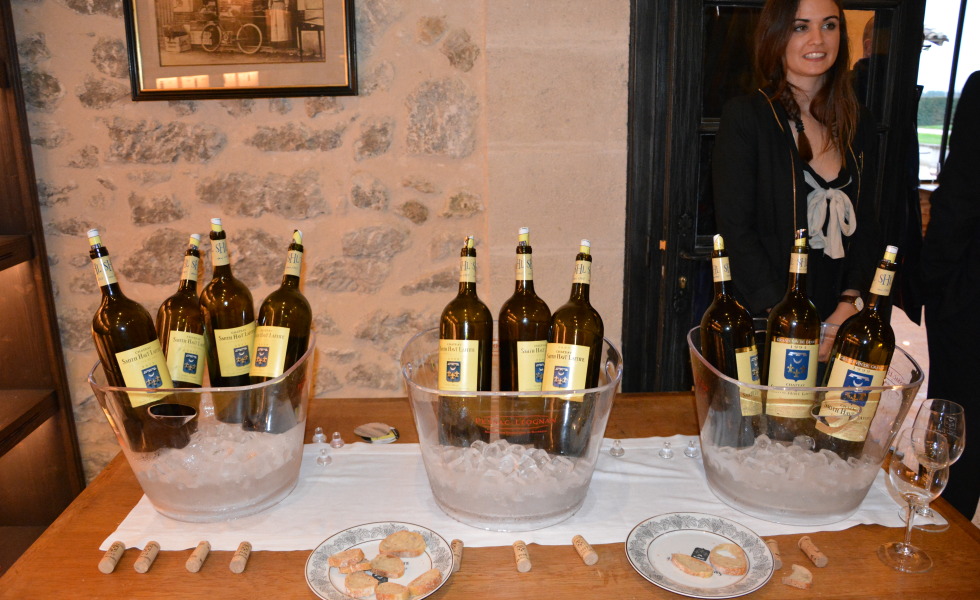
By Panos Kakaviatos for wine-chronicles.com
In late March 2015, just before the start of the barrel tasting week for Bordeaux 2014, I was very lucky to have been invited to a unique all-magnum 25-vintage vertical – in both red (15 vintages) and white (10 vintages) – of the classified growth Château Smith Haut Lafitte. The occasion was 25 years of direction under Florence and Daniel Cathiard. You can read in more detail about their direction in my wine-chronicles posting: https://wine-chronicles.com/blog/smith-haut-lafitte/.
I have known the couple since about 2002 and have always admired their initiative and veritable passion for Bordeaux. Although their wines sometimes seem a touch too modern for my “classically inclined” palate, they have been getting better in the last few years, with a trend towards greater freshness and precision – for both reds and whites – with less evident oak and a cooler aspect. Whatever your taste may be, it is undeniable that Florence and Daniel Cathiard have invested much personal attention to their passion. And they bring pleasure to wine lovers across the world.
They deserve hearty thanks from all of us. Read More
25 years of wine passion: Florence and Daniel Cathiard at Château Smith Haut Lafitte
Posted on April 25, 2015
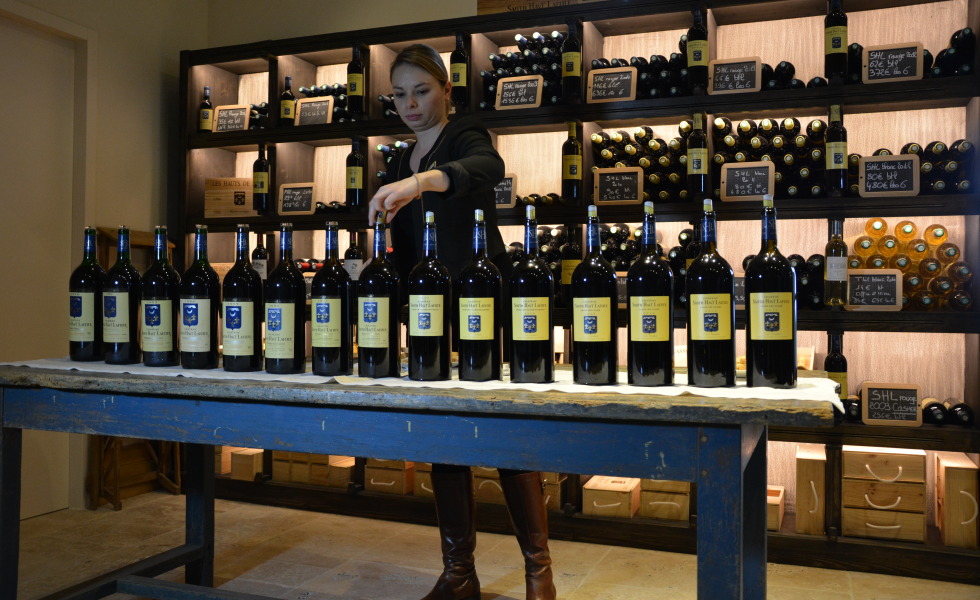
By Panos Kakaviatos for wine-chronicles.com
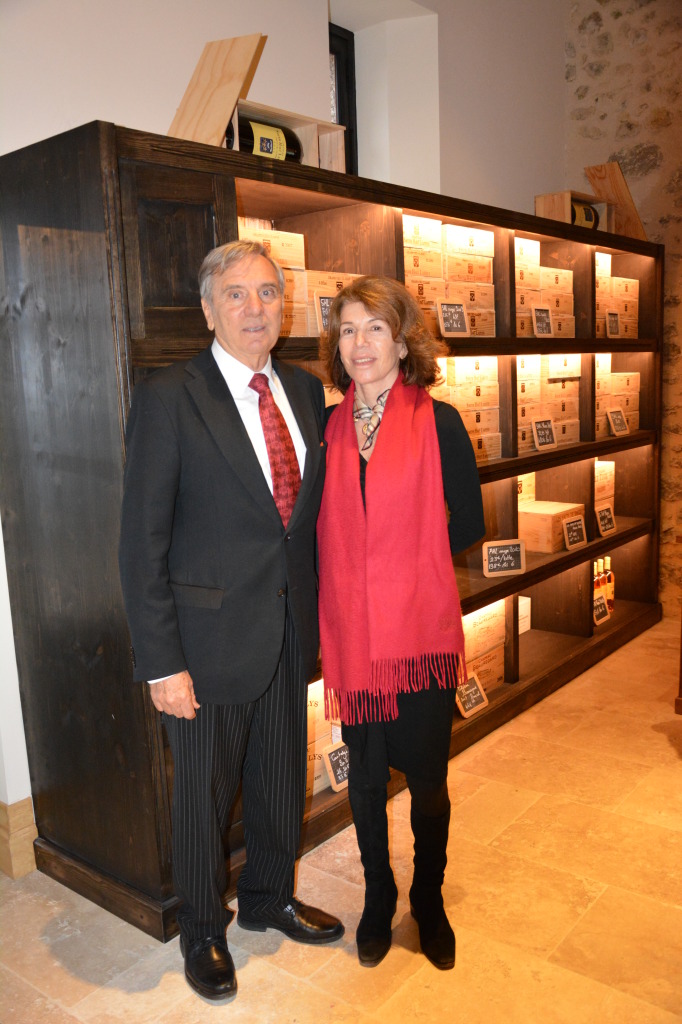
Florence and Daniel Cathiard at a tasting of all magnum bottles, red and white, since 1990. Photo by Laure-Marie Ducloy
Château Smith Haut Lafitte, the grand cru classé of Graves – and later Pessac Léognan, when the appellation was created in 1987 – has been run for 25 years as of 2015 by the innovative couple Florence and Daniel Cathiard.
I have known the Cathiards since 2002, and long have I admired their energy and passion to vitalize the entire Graves region.
Their wines are pretty darn good, too. And have been getting better in the last few years, with a trend towards greater classicism – for both reds and whites.
I first encountered their red, just after it had been bottled, at a horizontal 2000 vintage Bordeaux tasting, hosted by Robert Parker in March 2003 in Washington D.C. There were many wines that day. At the end of the tasting, I had the chance to take a couple of remaining unfinished bottles home. I grabbed the Smith Haut Lafitte and Pontet Canet: both excellent in 2000. As you can read in my tasting notes to the 25-vintage vertical, the 2000 Smith Haut Lafitte remains superb today.
Why I have a soft spot for Graves
Smith Haut Lafitte produces reds and whites – as other estates do in the Graves region. In many ways, Graves is my overall favorite part of Bordeaux, and not just because one can find both reds and whites.
The pomp and circumstance of Medoc’s grands châteaux is not to be found in Graves. No, it is more a relaxing and gently hilly environment – even understated – and thoroughly charming. Wine lovers can enjoy “hidden gems” like Domaine de Chevalier, illustrious yet country squire-like estates at Carbonnieux, refined elegance in both wine and architecture at Haut Bailly, and, of course, distinguished architecture (and wines) in the middle of Pessac at Pape Clement, Haut Brion and La Mission Haut Brion.
2014 Bordeaux: Hundreds of barrel samples coming
Posted on March 28, 2015
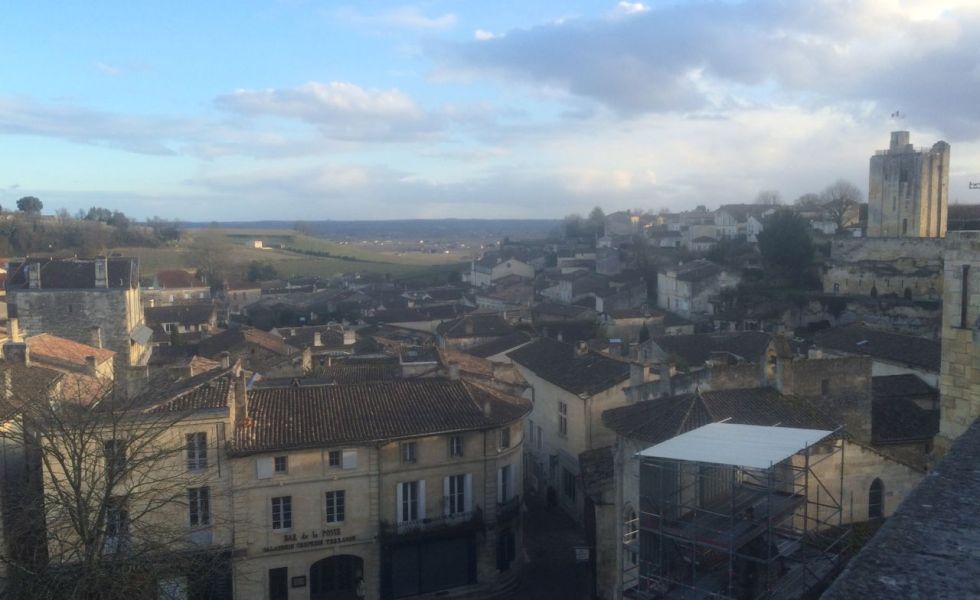
My new educational blog for Total Wine, too
By Panos Kakaviatos for wine-chronicles
On the eve of a week of intense barrel tastings of Bordeaux’s latest vintage, I look forward to what promises to be a classic style in a positive sense.
If tasting Chateau Corbin (grand cru classé) and Chateau Canon (premier grand cru classé) earlier this month in Saint Emilion are any indication, then the wines should have relatively moderate pH and medium to high alcohol levels, with fine ripeness and more of a blue/red fruit rather than dark fruit aspect.
The Chateau Corbin 2014 clocked in at 13% and exuded brightness and verve, all the while being ripe and full bodied. With just 50% new oak, owner Anabelle Cruse has not fallen into the oh-so-fashionable trend of doing malolactic in new oak barrels and then aging in 100% new oak. I was in Saint Emilion to research an article for Decanter about the celebrated appellation – and it is true that the most “Parkerized” wines can be found there. But I digress. Compared to the mammoth 2010 vintage – Anabelle was generous to offer me a bottle – I almost preferred the 2014 barrel sample tasted at the estate. Their 2010 clocks in at 15% alcohol, but it is well integrated to be sure. In fact, I left the 2010 vintage open for five days (OK, closed with a vacuum seal, but nevertheless, five days) after initially trying it and then brought it to a dinner at a Greek restaurant in Kehl next to Strasbourg and it was just as fresh as ever even if of a larger scale.
Meanwhile Chateau Canon clocked in at 13.8 percent alcohol and is being aged in 100 percent new oak, but it did not come across as over extracted or oaky. It reminded me of a riper version of the 2004. Again it was highlighted by freshness and cool blue fruit.
Apparently the Cabernets may be more reliably consistent than the Merlots in 2014 because August was not optimal (and Merlot generally needs a good August) while a long Indian Summer proved to be sunnier than normal with less rain, permitting for a longer hang time and necessary ripening for Cabernet Sauvignon.
As Bill Blatch put it so well in his harvest report:
Since such a glorious autumn allowed for both maximum ripening and also maximum concentration, alcohol levels are naturally high, generally 13°5-14°5 for the Merlots, and 12°5-13°5, sometimes more, for the Cabernets. Yet the cool summer weather and the prolonged functioning of the vines’ foliage have determined the style of the wines with their low pHs and at first high acidities, coming from the low summer temperatures and from the prolonged functioning of the vines’ foliage.
The wines will therefore give a sensation of power but also of great freshness. Much of the musts’ acidity was malic, so the wines lost total acidity during the malo-lactics, and anyway always have a tendency to lose tartaric. So the very interesting power and softer tones are now taking over, leaving only the low pH’s to account for the freshness of style.
The tannin levels of certain Merlots are moderate on account of the difficult véraison, but are showing a soft velvety character and are of excellent quality on account of all the pushing-back of picking dates. This permitted more or less “saignées” (bleeding) without risking overstructuring, principally on those Merlots where compensation of grape-size was necessary.
There is generally extreme satisfaction with the Cabernets, Francs as well as Sauvignons. They are less variable than the Merlots and often show great density and tannic structure together with profound aromas.
Price issue: up or down?
Most merchants expect prices to go down in 2014, even if the vintage promises to be better than 2013. If this occurs it will not be the first time. 1998 is a better vintage than 1997 but Bordeaux en primeur prices for the former were less expensive than for the latter, because Bordeaux overpriced 1997. Some estates may raise prices in 2014. “We priced our wines very fairly in 2013,” stressed John Kolasa for both Canon and Rauzan Segla. He said that the 2014 vintage will cost a bit more than the 2013.
Prices will be – as ever – an issue for Bordeaux en primeur. Campaigns in recent years seemed in the doldrums, with 2011-2012-2013 being average to even below average vintages. And many times prices not falling low enough. This coming after incredibly high price increases in 2009 and 2010 that have left many Bordeaux fans frustrated.
Add to all that the fact that Bordeaux king maker Robert Parker will no longer be scoring en primeur for the Wine Advocate and you have a “very interesting situation” as one Bordeaux merchant told me. You can read my news brief about possibly more American interest in 2014 Bordeaux as published by decanter.com.
Educational blog
For writers like me and others, Parker’s exit may give our opinions more weight. Time will tell. Readers should know that I will write an educational blog for the second largest U.S. importer of Bordeaux, Total Wine.
The terms of the agreement in no way affect my independence.
Total Wine, which has over 110 stores in 16 states, hired me to be an educational blogger for the Bordeaux 2014 en primeur campaign, to explain to their customers what it’s like for wine tasters traveling to Bordeaux from all over the world, to explain what it’s like to taste wine from barrel and to make wine recommendations, among other themes.
I will choose top ten wines overall and from bargain categories from wines that Total Wine sells, and they will be based on what I like, so readers should take note that there is no pressure form Total Wine for me to favor this wine or that. And readers will always see my full tasting notes, including wines I did not like so much, here in wine-chronicles.
A new page is turning :-).
Stay tuned within a couple of weeks for my complete Bordeaux 2014 tasting notes, many of which will be published on Cellar Tracker as well.
Zind Humbrecht 2013: buy it!
Posted on March 22, 2015
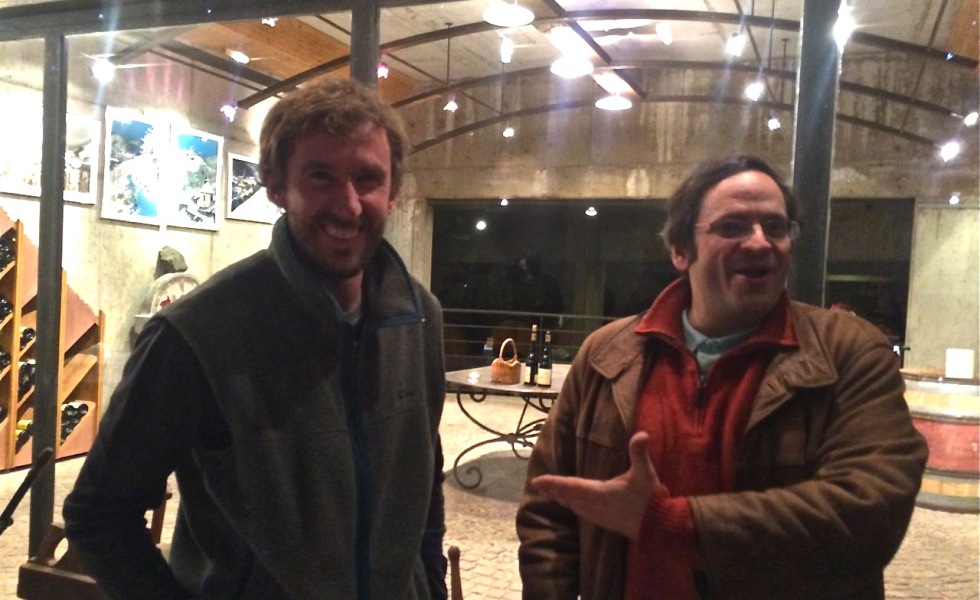
By Panos Kakaviatos for wine-chronicles.com
What a treat it was to taste the 2013 vintage at the legendary Domaine Zind Humbrecht estate near Colmar in Alsace. First of all, it felt like the United Nations. From South Africans to Americans, owner Olivier Humbrecht has hired an international cast of wine pros to help out. Take Paul Lewakowski, an American wine maker who had previously worked as assistant to Dominique Lafon of Domaine des Comtes Lafon in Meursault.
He currently works with Humbrecht in Alsace, managing the prestigious 5.5 hectare Grand Cru Rangen de Thann, perhaps my overall favorite Riesling made at the estate. When I bought some wines, I was welcomed by a lady from South Africa, also employed by the domain …
ProWein 2015: record number of participants
Posted on March 20, 2015
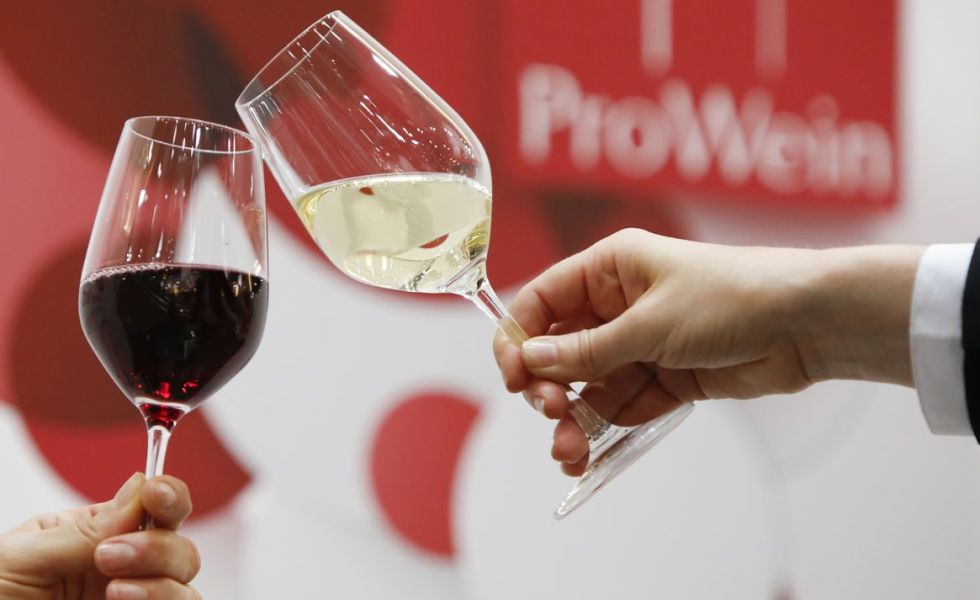
Although I did not make it to ProWein this year, by all accounts it seemed to have a record number of participants, for example as Harpers Wine & Spirits reported: over 52,000 in total, and 7% more than last year.
It happens once a year in Düsseldorf, Germany, which once again underlined its reputation as a capital for the wine and spirits sector: after three days of activity, ProWein 2015, International Trade Fair Wines and Spirits, came to a very successful close: 5,970 exhibitors from 50 nations showcased their products.
All major wine nations and cultivating regions were represented in the nine exhibition halls – the “classics” from Europe and the New World as well as the more “exotic” such as Bolivia and Armenia. In addition, 420 spirits exhibitors from 30 countries offered classy brandies and liqueurs as well as national specialties and international classics.
 Wine Chronicles
Wine Chronicles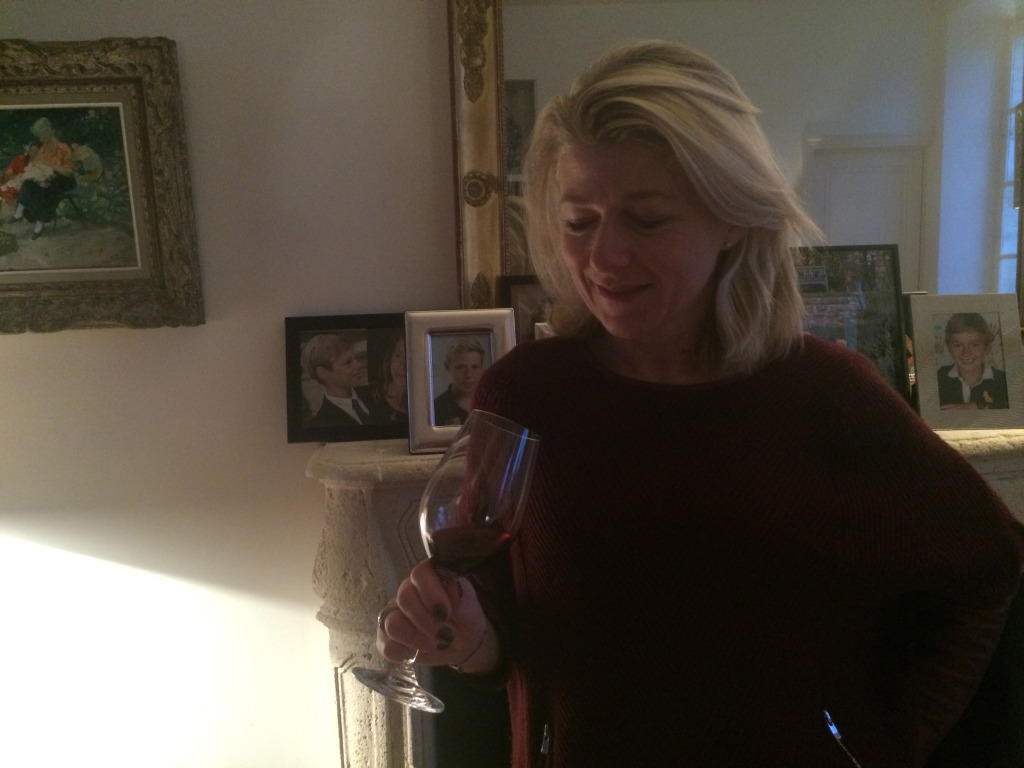
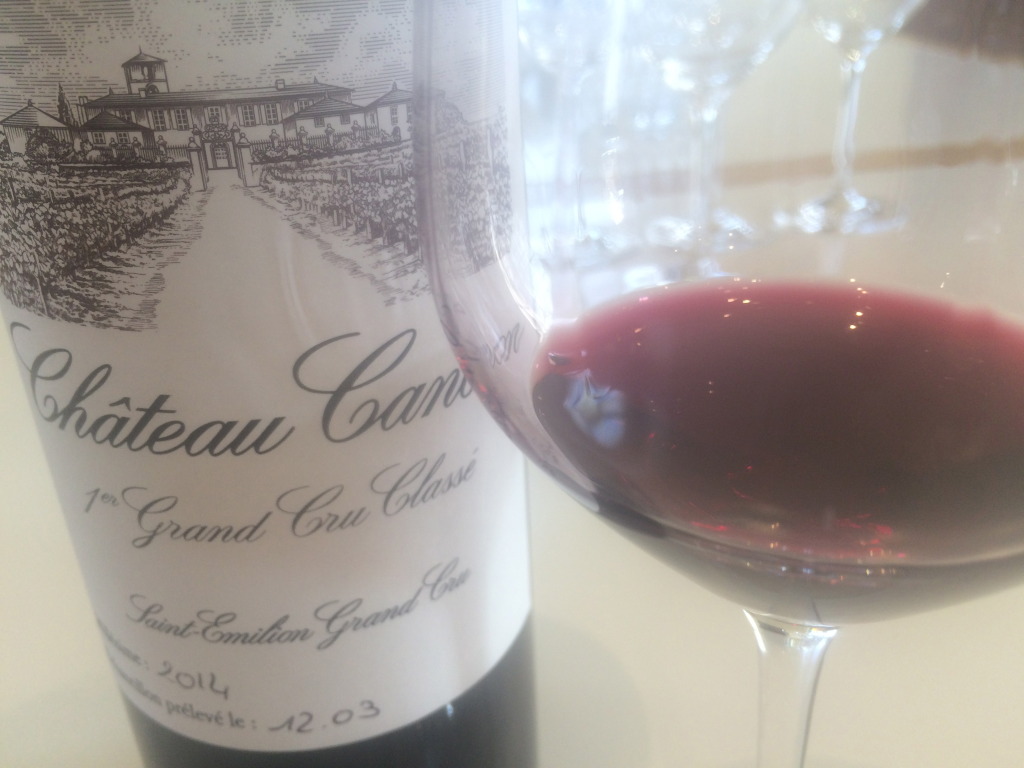

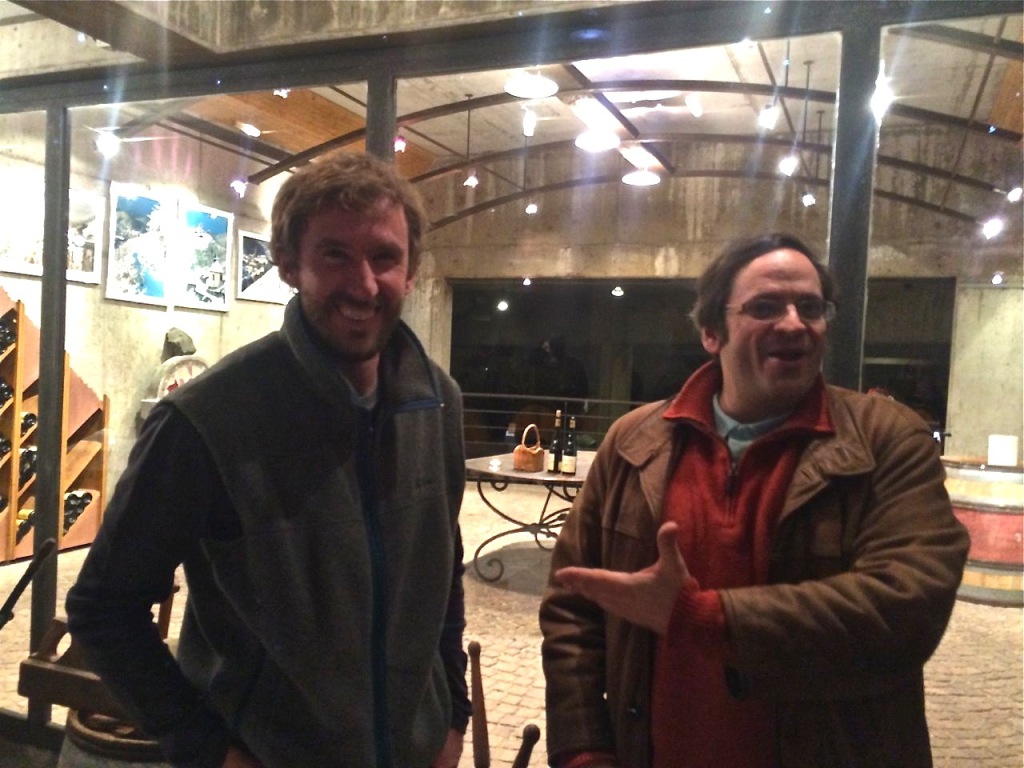
Recent Comments